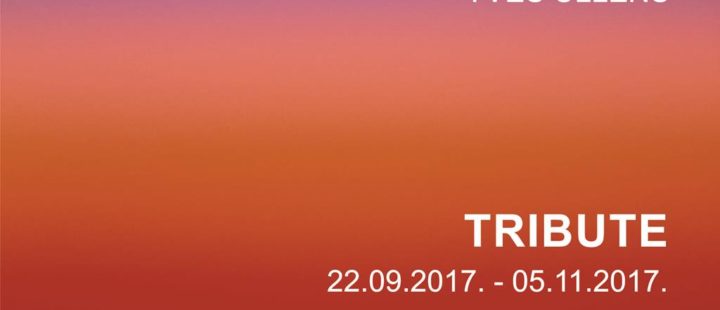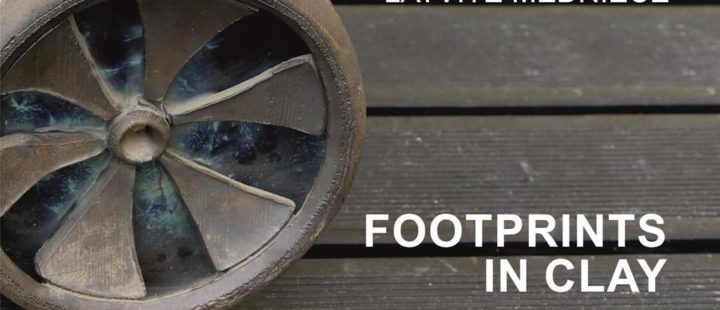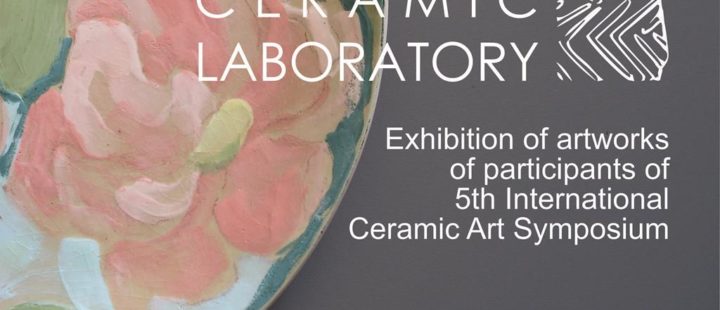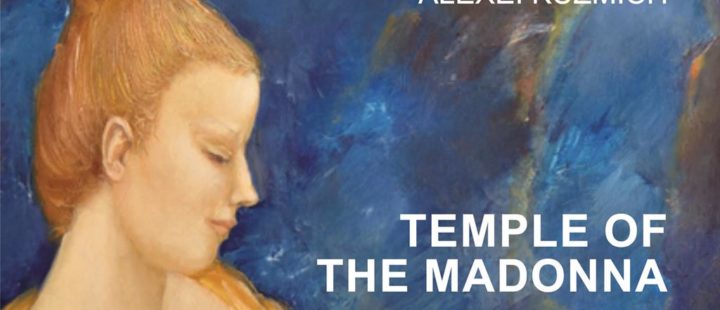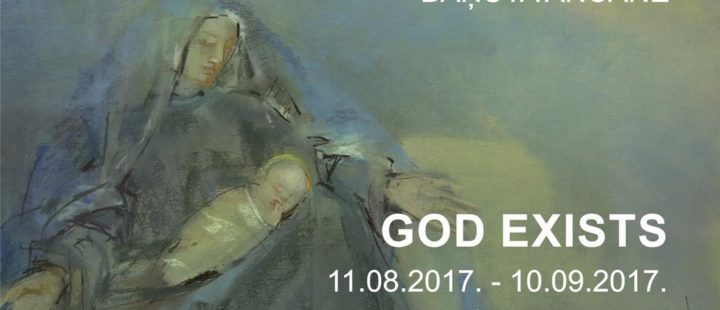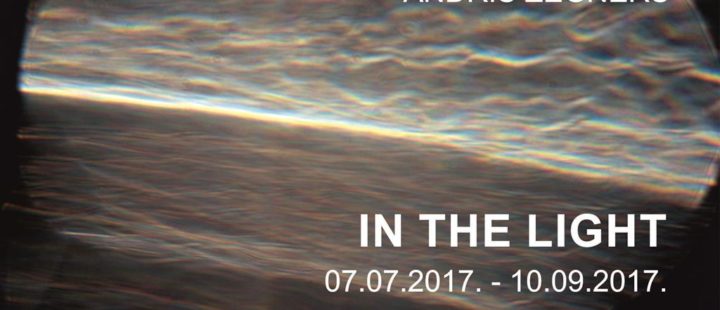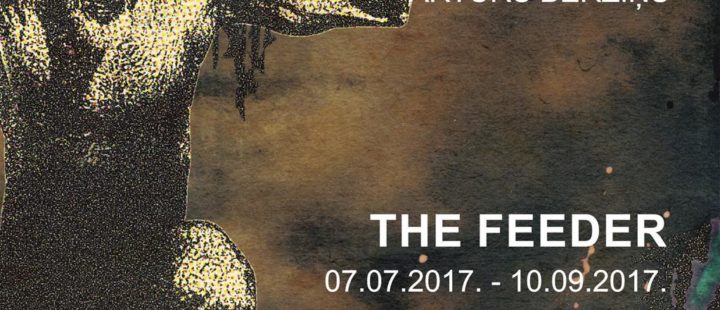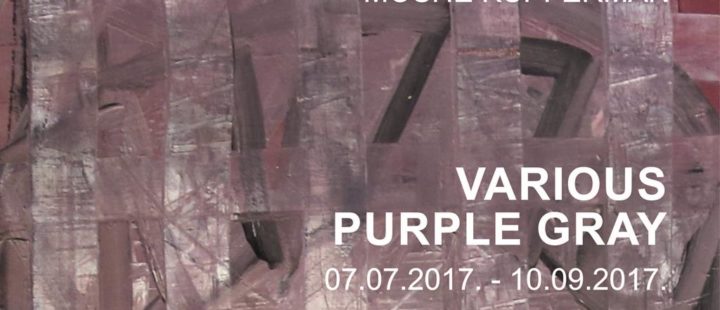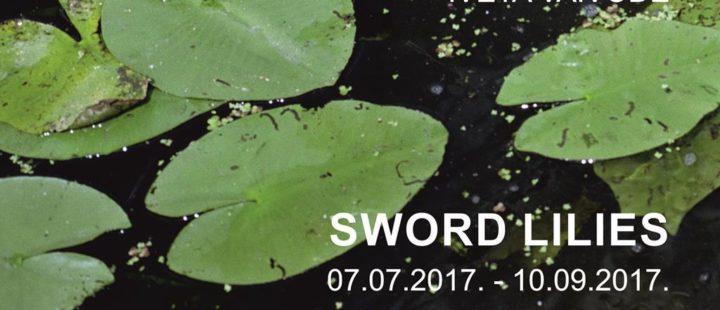Archive
YVES ULLENS TRIBUTE
- - 05.11.2017
After a career in the telecommunications sector, Yves Ullens decided to dedicate himself entirely to his lifelong passion: photography. As a teenager, he had developed his first prints and learned the ropes of lab work in the dark room of his grandmother, herself a noted photographer and filmmaker. During a year’s study in the United States, he took technical lessons with two professional photographers who taught him about the importance of observation above all else. Yves Ullens developed an experienced eye and gained a lot of background theory about photography by assiduously attending contemporary art galleries and fairs. INĀRA PETRUSEVIČA A FEATHER FOR HAT
- - 05.11.2017
Artist Inara Petrusevich has a unique gift to see poetry in everyday life. This gift allows her to convert trivial everyday scenes into mysteries, into a multi-coloured carnival, where the world surrounding us becomes an everlasting holiday. It does not matter what is portrayed: a table, a postman, a potty – everything is spiritualized, acquiring a new poetic ring. Fantasy intertwines with reality and becomes its organic part. As in a kid’s game, in which everything is possible – you can climb the sky on the wings of love or receive a gift from an angel in a form of an embroidered heart. Latvīte Medniece FOOTPRINTS IN CLAY
- - 18.10.2017
“Ceramics is the most attractive work in the world,” says Latvīte Medniece (1924), one of the most significant and the oldest Latvian ceramists alive. She graduated from Riga Arts and Crafts Secondary School Department of Ceramics (1949) and the Art Academy of Latvia Department of Ceramics (1955). A few years spent working at Riga Porcelain Factory and then devoting herself to creative work, she was able to explore various ceramic materials and professional techniques. However her greatest interest was caught by clay which later became her main material. And since then, she almost never ever works on a lathe or creates dishes. She makes shapes – mostly from plastic clay plates. Pēteris Martinsons – the most famous colleague of L. Medniece – precisely described her as a “sculptor of ceramics”, who with her “professionally elaborated works, excellent feeling of form and imagery, convincingly occupies her own place in the classical Latvian art. The works of the artist show her understanding of nature and fates of people and are based on the Latvian mythology and folklore”. 5th International Ceramic Art Symposium CERAMIC LABORATORY
- - 08.10.2017
Already in the beginning of the 1970-ies, Latvia became the center in the field of contemporary ceramic art. Fresh ideas and their fearless depiction into clay, inconceivable forms, textures and stunning variety of colours left the visitors in no doubt that what they see is a real piece of art, not requiring any additional comments such as applied, decorative or any other. In those days symposium of the Soviet artists in Dzintari had become a kind of „window on Europe”, a platform where to learn of recent trends in the world and get in touch with colleagues from abroad. The Latvian school of arts demonstrated its revolutionary attitude towards ceramics as an art media similar to others. Exhibition project by artist Alexei Kuzmich TEMPLE OF THE MADONNA
- - 10.09.2017
The image of Mary – Madonna – is an image of the Mother – kind, understanding and forgiving. Her name is always inextricably linked with purity, righteousness and patience. At all times believers turn their prayers, hoping for her mercy, blessing, understanding and compassion. From ancient times the theme of the Madonna has troubled all creative personalities – artists and sculptors, poets and writers, philosophers, actors and others. The world knows images of the Madonna created by geniuses – Raphael, Leonardo da Vinci, Rembrandt, Botticelli, Rubens, Bellini, Renoir, Picasso... Baņuta Ancāne ” GOD EXISTS “
- - 10.09.2017
Once in my childhood, when I was standing on a pedestrian crossing and waiting for speeding cars to pass by, a revelation came to me – “ God exists ”. This theme follows me my entire life. In all my works – portraits, still-life paintings, and landscapes – I think about it. Many years ago, recovering from illness, the idea arose to create the works exhibited here in the pastel technique – it was a bright dream with the Mother of God. When I woke up I made a little sketch, which later turned into a large-size work “Our Lady of Riga”. Then the idea developed more rapidly. Later, during meditation, I saw the composition “The Pietà” in three different versions. For further inspirations I searched in the motives of nature and clouds, in shapes and silhouettes, in which much can be seen. The way of looking is the one that matters: someone may see a dog, while another one – an angel... I want to continue this eternal theme if my strength and health allows me to for man proposes, but God disposes. Andris Zēgners IN THE LIGHT
- - 10.09.2017
Light still inspires an endless cognitive process, both in science and in art. Artūrs Bērziņš THE FEEDER
- - 10.09.2017
The artist does not stop, but continues to reflect on the interaction between various types of populism and mythologemes and the recipient, easily, ironically, and yet – sensitively balancing between the content and the form of the ambiguously compatible, while “feeding” and “being fed”. Moshe Kupferman VARIOUS PURPLE GRAY
- - 10.09.2017
The Kupferman Collection - Kibbutz Lohamei Hagetaot
Moshe Kupferman was born in 1926 in Jaroslav, south-eastern Poland, to a family of tradesmen who owned a haberdashery store. His father came from a family of coppersmiths – makers of brewery boilers – hence the origin of the family’s name. Iveta Vaivode SWORD LILIES
- - 10.09.2017
It is a hot summer day. I’m walking along the path through the nettles, until I find myself in the yard of a long-abandoned house. I see a broken window, and it seems that it gives me a chance to plunge into my childhood for the last time. 
